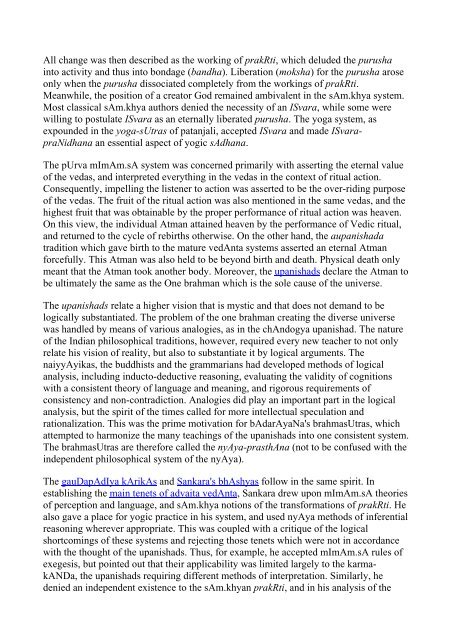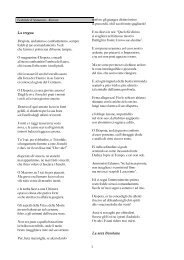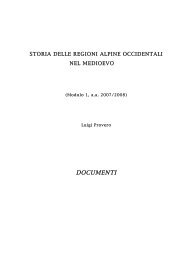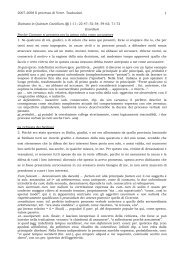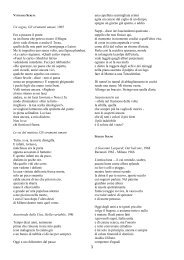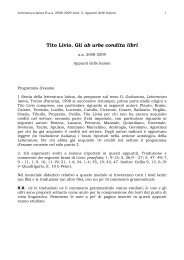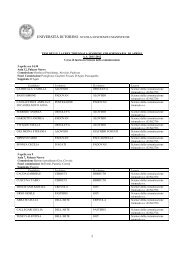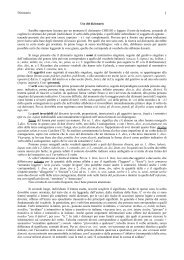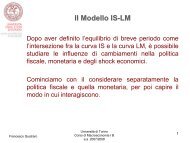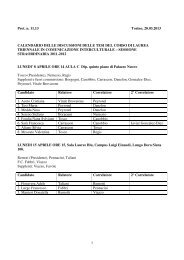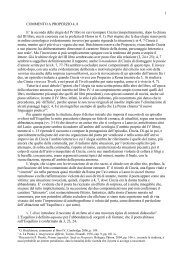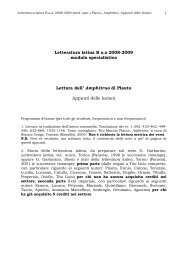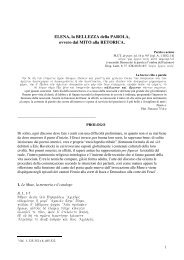ajAti vAda
ajAti vAda
ajAti vAda
Create successful ePaper yourself
Turn your PDF publications into a flip-book with our unique Google optimized e-Paper software.
All change was then described as the working of prakRti, which deluded the purusha<br />
into activity and thus into bondage (bandha). Liberation (moksha) for the purusha arose<br />
only when the purusha dissociated completely from the workings of prakRti.<br />
Meanwhile, the position of a creator God remained ambivalent in the sAm.khya system.<br />
Most classical sAm.khya authors denied the necessity of an ISvara, while some were<br />
willing to postulate ISvara as an eternally liberated purusha. The yoga system, as<br />
expounded in the yoga-sUtras of patanjali, accepted ISvara and made ISvarapraNidhana<br />
an essential aspect of yogic sAdhana.<br />
The pUrva mImAm.sA system was concerned primarily with asserting the eternal value<br />
of the vedas, and interpreted everything in the vedas in the context of ritual action.<br />
Consequently, impelling the listener to action was asserted to be the over-riding purpose<br />
of the vedas. The fruit of the ritual action was also mentioned in the same vedas, and the<br />
highest fruit that was obtainable by the proper performance of ritual action was heaven.<br />
On this view, the individual Atman attained heaven by the performance of Vedic ritual,<br />
and returned to the cycle of rebirths otherwise. On the other hand, the aupanishada<br />
tradition which gave birth to the mature vedAnta systems asserted an eternal Atman<br />
forcefully. This Atman was also held to be beyond birth and death. Physical death only<br />
meant that the Atman took another body. Moreover, the upanishads declare the Atman to<br />
be ultimately the same as the One brahman which is the sole cause of the universe.<br />
The upanishads relate a higher vision that is mystic and that does not demand to be<br />
logically substantiated. The problem of the one brahman creating the diverse universe<br />
was handled by means of various analogies, as in the chAndogya upanishad. The nature<br />
of the Indian philosophical traditions, however, required every new teacher to not only<br />
relate his vision of reality, but also to substantiate it by logical arguments. The<br />
naiyyAyikas, the buddhists and the grammarians had developed methods of logical<br />
analysis, including inducto-deductive reasoning, evaluating the validity of cognitions<br />
with a consistent theory of language and meaning, and rigorous requirements of<br />
consistency and non-contradiction. Analogies did play an important part in the logical<br />
analysis, but the spirit of the times called for more intellectual speculation and<br />
rationalization. This was the prime motivation for bAdarAyaNa's brahmasUtras, which<br />
attempted to harmonize the many teachings of the upanishads into one consistent system.<br />
The brahmasUtras are therefore called the nyAya-prasthAna (not to be confused with the<br />
independent philosophical system of the nyAya).<br />
The gauDapAdIya kArikAs and Sankara's bhAshyas follow in the same spirit. In<br />
establishing the main tenets of advaita vedAnta, Sankara drew upon mImAm.sA theories<br />
of perception and language, and sAm.khya notions of the transformations of prakRti. He<br />
also gave a place for yogic practice in his system, and used nyAya methods of inferential<br />
reasoning wherever appropriate. This was coupled with a critique of the logical<br />
shortcomings of these systems and rejecting those tenets which were not in accordance<br />
with the thought of the upanishads. Thus, for example, he accepted mImAm.sA rules of<br />
exegesis, but pointed out that their applicability was limited largely to the karmakANDa,<br />
the upanishads requiring different methods of interpretation. Similarly, he<br />
denied an independent existence to the sAm.khyan prakRti, and in his analysis of the


